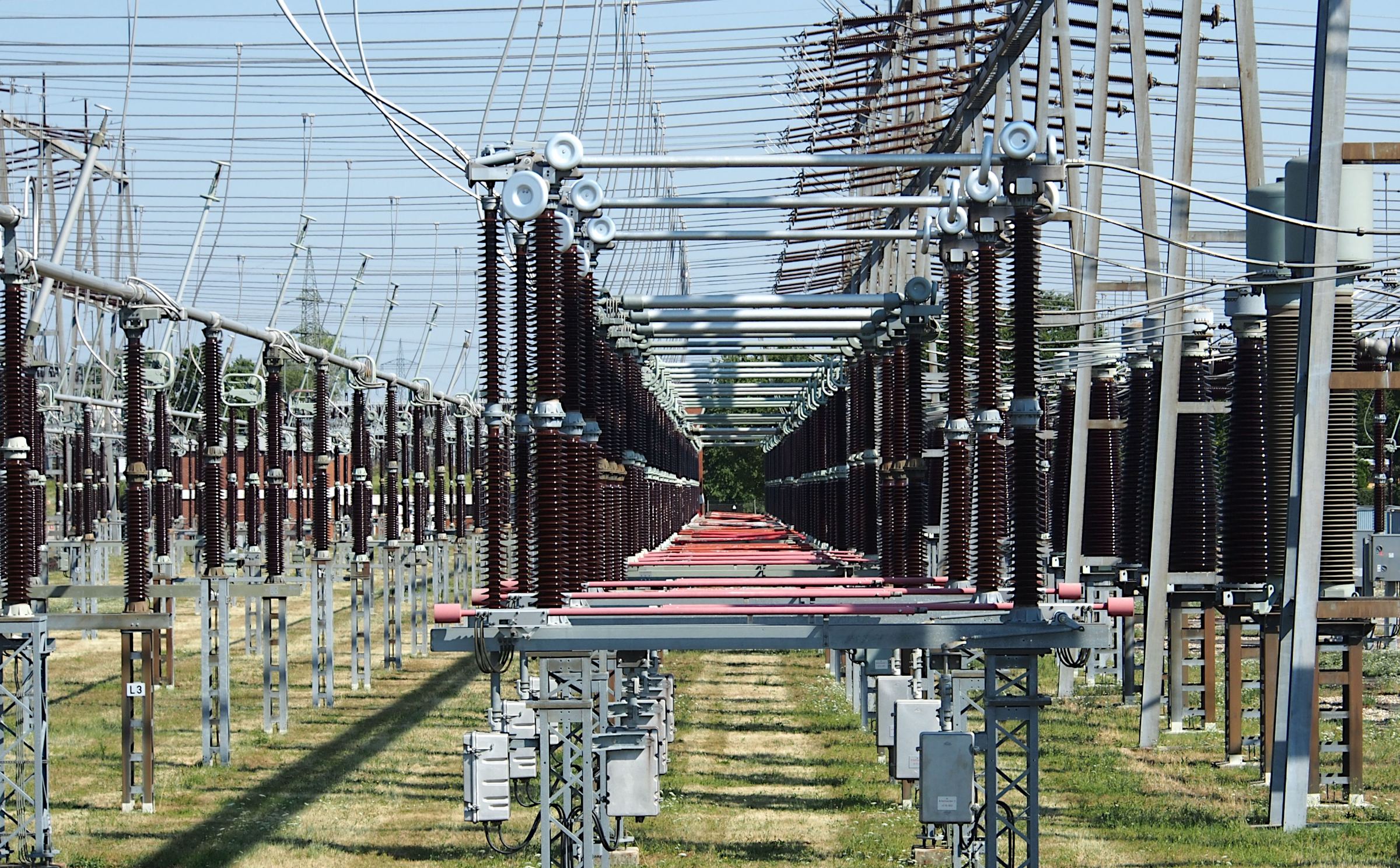Quantum-Spatial Harmonics (QSH): A Novel Theory for Faster-than-Light Travel Using Quantum Mechanics
Abstract
Quantum-Spatial Harmonics (QSH) is introduced in this work as a promising theoretical framework for establishing FTL locomotion. The assumption of QSH is that spacetime is some quantum fluid medium characterized by resonances, pockets that can dynamically bend themselves to intangible velocities. Through the exploit of quantum entanglement and harmonic frequencies, the theory proposes that there exist bounded subluminal travelling waves in those depths, where objects can travel faster than physically allowed limits without violating the theory of relativity. The present paper proposes to describe the theoretical framework by which QM operates, alongside quantum algorithms designed to validate it, and techniques for certifying or disproving QSH-related constructs in real experimental settings. Other than that, the paper considers the consequences that might interest further generations of space travel and spacetime itself.
Keywords: Quantum Mechanics, Faster-than-Light Travel, Quantum Entanglement, Resonance, Spacetime Harmonics, Quantum Computing, Superluminal Speed, Quantum Field Theory
















